
- This event has passed.
5th Glycoproteinoses International Conference – Embracing Innovation – Advancing the Cure
November 1, 2017 @ 8:00 am - November 4, 2017 @ 5:00 pm

The 5th Glycoproteinoses Conference, brought basic scientists and clinicians from around the world to Rome, Italy, to share with patients and their families the latest discoveries. This year’s Conference was special in many ways. It was the first to be held in Europe, with the intent of strengthening connections among affected families around the globe and to strengthen our connections with other support groups in Europe.
ISMRD was honored and thrilled to have the Italian MPS Society helping us in the early stages of planning of the children’s program. Sara Pensa the Vice President and Luciano Catozzi and ML family member ensured we got to see many possible activities for the children. We thank them both so very much for their help.
Countries represented were: Australia, Norway, Italy, Spain, New Zealand, Brazil, Germany, USA, United Kingdom, France, Austria, Saudi Arabia, Denmark, Netherlands, Algeria, Slovenia, Sweden and Ireland, which gave us a total of 175 delegates.
You can download the conference book here
ISMRD gives a very special thank you to the following organization and companies who have very generously given donations to support the 5th International conference on Glycoproteinoses.
The Wagner Foundation
ISMRD is very grateful for all the help and support that Symposia gave us in the organization of our Conference and all the on-the-ground support in Rome.
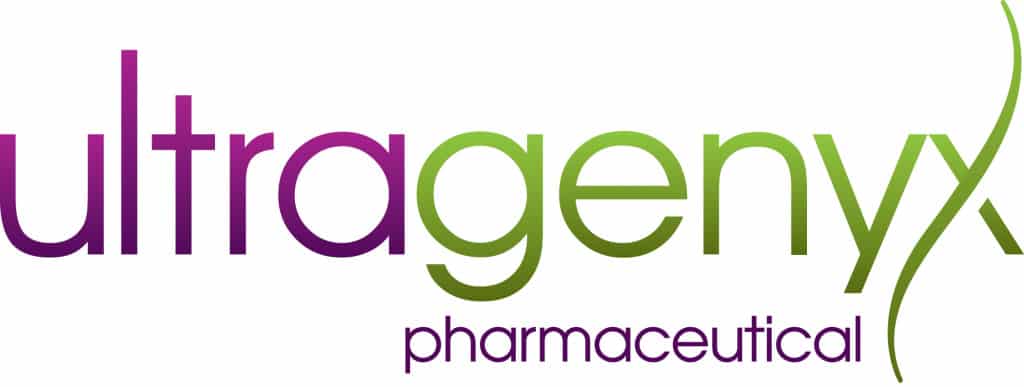

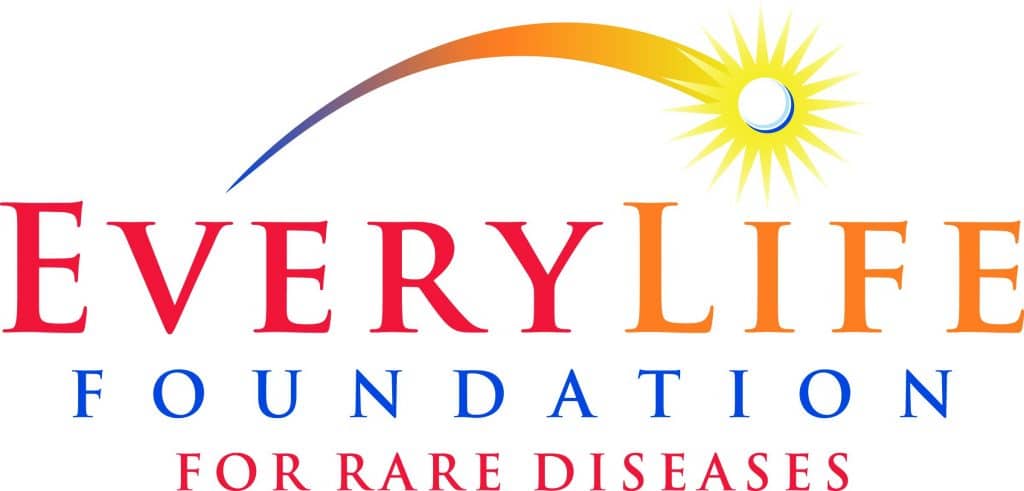
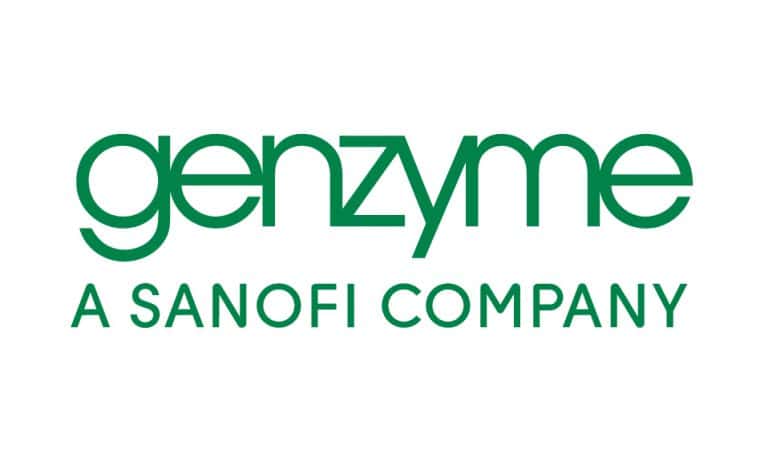
Scientific Conference Report
Following the trend of past conferences, the 5th Glycoproteinoses Conference, brought basic scientists and clinicians from around the world to Rome, Italy, to share with patients and their families the latest discoveries.This year’s Conference was special in many ways. It was the first to be held in Europe, with the intent of strengthening connections among affected families around the globe, so that everyone will be more informed and supported. This goal was achieved successfully, also because for the first time the scientific program included presentations from patients and family members. This initiative turned out to be particularly inspiring for the scientist, the clinicians, as well as for the patients and their families.
Each scientific session began with introductory lectures on other lysosomal storage diseases (LSDs) and then focused on a specific group of glycoproteinoses. Overall the Conference gave new insights into the current status of the research on glycoproteinoses and the translation of these studies to the clinic; it also emphasized the role of the lysosomal system in basic cellular processes that might parallel clinical conditions seen more frequently in adults .
Dr. Stuart Kornfeld opened the Conference with a beautiful keynote address that provided a historical perspective on glycoproteins and glycoprotein-storage diseases. Dr. Fran Platt then described the involvement of the cytoskeletal network in impaired phagocytosis of macrophages in Niemann-Pick type C disease, broadening our understanding of its pathogenesis. Day 1 continued with two sessions: one dedicated to α-mannosidosis and another focused on mucolipidosis II and III(MLII and MLIII, respectively). Dr. Dag Malm delivered a comprehensive, historical overview of α-mannosidosis. Dr. Sara Cathey then introduced a novel diagnostic method that labels and quantifies oligosaccharides in glycoproteinoses. Dr. Tommaso Beccari spoke about the lysosomal and plasmatic forms of α-mannosidase and summarized results of enzyme-replacement therapy (ERT) in a mouse model of the disease. Dr. Line Borgwardt reported the current status of a clinical trial for Valmanase alfa, the human recombinant α-mannosidase being tested as a potential ERT. Dr. Troy Lund gave an overview of hematopoietic cell transplantation in patients with glycoproteinoses, and the session closed with an interesting report by Dr. Balraj Doray, who described an engineered Glc-NAc-1 phosphotransferase that enhances the secretion of lysosomal enzymes.
Session II was opened by Dr. David Wenger, who presented encouraging results on treating Krabbe disease in the Twicher mouse with bone marrow transplantation and cerebral injection of an adeno-associated virus vector expressing the therapeutic enzyme. Dr. Thomas Braulke described impaired B-cell to plasma-cell differentiation and dysfunctional osteoblasts in an MLII-knockin mouse model. These findings were complemented by Dr. Heather Flanagan-Steet’s presentation on a zebrafish model of MLII, which presents with severe dysmorphic chondrocytes due to upregulation of TGFβ. Dr. Richard Steet then described a novel approach to labeling sialylated plasma membrane proteins in GNPTAB-null cells that uncovered changes in numerous glycoproteins, including multiple receptor tyrosine kinases, suggesting that impaired lysosomal targeting can impact the activity of key growth factor receptors. Dr. Enrico Moro showed results in zebrafish models of Gaucher disease and iduronate sulfatase deficiency, which have enabled the identification of the cellular pathways affected by the enzyme deficiencies. Dr. Allison Bradbury described the well-established center for large animal models of human genetic diseases [at the University of Pennsylvania (Philadelphia, PA)]. She emphasized the importance of using large animal models to test gene therapy and its effectiveness in ameliorating disease progression. Finally, Dr. Lin Liu closed Session II by presenting the BioID method and describing the association of the COPD subunit of the coatomer with the N-terminal portion of GNPTAB, which is required for proper localization to the Golgi.
On Day 2, Session III focused on sialidosis and galactosialidosis. The presentations provided a breadth of information, from studies of disease pathogenesis and links to adult diseases, to the development of new therapies and diagnostic methods. Prof. Generoso Andria opened the Session by highlighting landmark studies that led to the discovery of protective protein/cathepsin A (PPCA) as the primary defect in galactosialidosis. Dr. Alessandra d’Azzo provided an overview of the molecular pathophysiology of sialidosis and its connection to aging. Dr. Noelia Escobedo described defects in lymphatic pathways in the mouse model of sialidosis and their potential implications in neurodegeneration, and Dr. Ida Annunziata described mechanisms regulating lysosomal function. Dr. Vish Koppaka presented encouraging results from preclinical studies of recombinant PPCA therapy for galactosialidosis. Dr. Laura Canafoglia explained the different forms of myoclonus in sialidosis by using electroencephalographic approaches and differential therapy determined by diagnosis. Finally, Dr. Amelia Morrone presented the full array of diagnostic tests used to identify LSDs and their potential pitfalls.
The last day started with an introductory lecture by Prof. Renzo Guerrini who underlined the connection between lysosomal storage disorders and myoclonus epilepsy, a recurrent clinical complication in several glycoproteinoses. Session IV focused on Aspartylglucosaminuria, Fucodisosis and Schindler disease. Dr. Ritva Tikkanen conveyed a promising personalized therapy for AGA based on the use of betaine and an FDA-approved undisclosed substance. Dr. Xin Chen showed promising preclinical results using an adeno-associated virus approach that rescues behavioral phenotypes in a mouse model of AGA. Dr. Torben Lübke then detailed his development of the first mouse model of fucosidosis that faithfully recapitulates the human disease and an attempt to perform ERT with the missing enzyme. Dr. Matthew Ellinwood described the effect of ganglioside synthesis in the context of a Galnac transferase/AGA double-knockout model and its profound impairments in neuronal and glial interactions. Dr. Ida Schwartz presented a complex case report of a patient with MLIII in Brazil. Finally, Dr. Cinzia Bellettato, on behalf of Dr. Maurizio Scarpa, discussed the establishment of MetabERN, a unified registry for the European Reference Network.
Although reports about recent basic, translational, and clinical discoveries were fascinating and full of promise, the most invigorating and moving talks were given by patients and their families. Dr. Malm, Jenny Noble, Paul Wagner, Daniel and Faith Peach, and Jean and Paul Leonard talked about living with these diseases, their daily struggles, their faith in the scientists, and their hope for future treatments. The Conference closed with the motto, “Embrace and Endure,” and an arrivederci until we come together again in Atlanta, Georgia, for the 6th Glycoproteinosis Conference in 2019.
Alessandra d’Azzo, Scientific Chair
Family Program Report
Jackie James President of ISMRD reports on the meeting and the benefits to families who attended
For me, this conference was one of the most exciting meetings we had the pleasure to set into motion. Although we had held several very successful conferences in the U.S.A., we were very excited to hold our very first ISMRD conference in Europe!
Rome is a beautiful city, full of history and culture. Our hotel, The A.Roma lifestyle hotel was perfect as our venue as it was completely accessible to wheelchairs. They were able to provide us with thirteen rooms that not only had a regular bathroom, but a handicap accessible bathroom at the same time. They were also able to offer us more than adequate conference facilities and their helpfulness and great pleasure of hosting us was more than appreciated. This also marked a first for us as we used an event provider. Symposia, which is based in the heart of Rome were an agency that we not only relied on to provide us with just about every part of getting this meeting set up, but followed through and worked alongside us at the conference. Patrizia Pasolini, Federico and team were beyond professional and were truly a tremendous asset to ISMRD.
We were very excited to meet several families for the very first time, and see some families that we had not seen in some time. Most of the families that attended were from Europe, although we did also have families from the USA, Australia, New Zealand, and Saudi Arabia as well. We also had many faces of the scientific field that we have known over the years attend, but again it was exciting to meet new faces too!
If I were to be asked what I took from the conference to be the most meaningful, I would have to say that there was more than one. Many of the new families that attended were overwhelmed. They had been given a dire diagnosis and told to live their lives as best as they could but there was no hope. These families were scared of what the future held, and obviously having to face the fact that they would see their children suffer and most likely die in their lifetime. This conference to them was a lifeline. I can very much relate to how they were feeling as I felt much the same back in 2004 when I attended the very first ISMRD conference.
It completely amazed me that within the last two years, so much has happened in the research field for the diseases ISMRD covers, along with many other storage diseases. For the first time there is actually hope to give these families. ERT is now possible for Alpha Mannosidosis, and AGU. Gene therapy research is underway for Mucolipidosis as well as some progressive research being conducted in regard to bone pain.
Even though some of the scientific conversations were difficult to always understand, it was evident that the research world is moving fast in order to help these very rare disorders, which is so very encouraging to me – and to each and every family.
I would say, one of the most meaningful moments was when some of the families got up to share their stories with the scientific community. . Many times there wasn’t a dry eye in the house. Bringing the families together with the scientific community was so very encouraging and meant so much to all who attended.
Together we encouraged, supported, learned, cried, laughed and came away with a sense of purpose and hope. I am very much looking forward to our next conference in Atlanta, GA in 2019. I believe it will be just as amazing and exciting to see how the research is progressing and to spend more time with our ISMRD family.
Life Time Awards
During the Awards Dinner ISMRD presented Three Life Time Achievement Awards. Two were given for Science and the third was given for Patient Advocacy.
These awards are given in recognition of the dedication we see in those that we regard as special because they have given their life and talents in trying to seek a cure for these rare and debilitating diseases.
The Science Awards went to Stuart Kornfeld and Alessandra d’Azzo and the Patient Advocacy Award went to ISMRD Board Member John Forman.
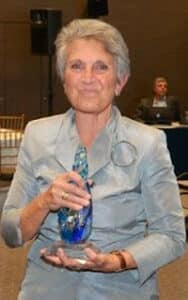 |
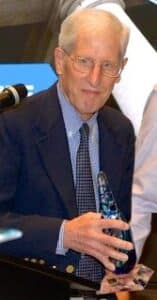 |
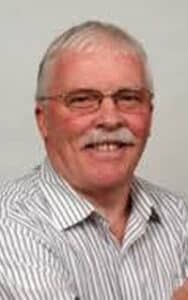 |
Children's Program
The children’s program began on Friday with a visit to the St. Louis Zoo. We sent out 75 children/siblings and their carers for a day filled of fun and laughter. The buses were loaded at 8.30am for a 15-minute drive to the zoo, where everyone was broken down into smaller groups to begin exploring the Zoo.
After their day of fun and visiting the animals, train rides and a very hot day, very tired and happy children and their carers returned to the hotel at 4.30pm. Each child came home with a soft toy a memento of their visit to the best Zoo in the world.
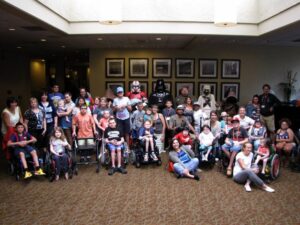
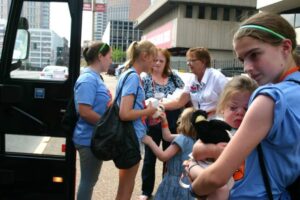
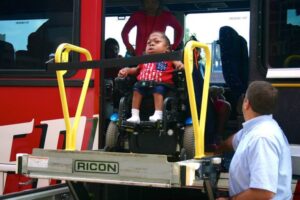
Day two of the children’s program was broken down into three different parts. Children under 15 years of age stayed in the childcare room and were entertained by an Art Therapist and Story telling They also had a visit from Elsa from Frozen and Captain America from the Avengers. What excitement there was when the entertainers were seen coming down the hallway. The smiles and shouts of glee were truly heart melting.
For the older girls 15 years and above there was a pampering session where they got their nails painted and had their hair done ready for the Gala Dinner that evening. We think some of the younger girls also snuck in and got their nails painted. A posh morning tea was donated by the London Tea Shop. The older boys 15 years and over went on a tour of the Ballpark museum.
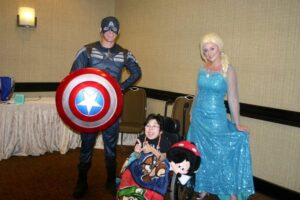

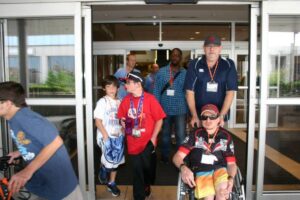
That evening we hosted our Gala Dinner, where we thanked all our wonderful speakers and presented our Life Time achievement awards, to those who have spent their entire life working in the field of research and advocacy, for Lysosomal Storage Disorders. And – to make sure the children were not left out they had their very own carnival night, where we had face painters, balloon twisters and so much more. Again, the excitement, smiles and laughter was a sight to be seen.
Sunday was a very slow day but the children were visited by Darth Vader and his friends.
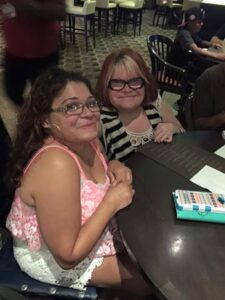
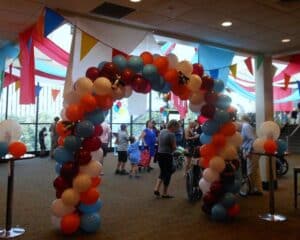
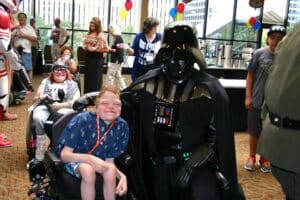
The children had the time of their lives and we hope they will have lasting memories of their visit to St. Louis.
ISMRD is very grateful to the Pernillie Foundation who provided funding for the Children’s program and scholarship funding for families who needed a little bit of additional assistance.
Personal Reflections
Giovanna, Davide Bricca and Nocola Cocconi talk about attending the meeting and meeting other affected patients, Dr d’Azzo and Camillo Toro who are working on saialidosis
We were very impressed by the numerous presence of doctors and researchers of these diseases
We have been very attentive to the various interventions that everyone has done, and it’s really awesome to see and feel in person how many diseases there are with similar symptoms and that change the lives of many people, both from infancy and families who suffer for them. Also interesting were the testimonies of parents and some people affected by these diseases (Dan Peach and others).We were interested in our disease (sialidosis) explained very well by D. Azzzo and his staff, our D.ssa Milan, Laura Canafoglia and other people.
We met people who suffer from our own illness and even the Galactosialidosis there were family members who had children affected by this ugly illness which unfortunately has immense deficiencies and very serious
We have been hit by the late salidosis, and we have verified that over the years this disease progresses very seriously.
Unfortunately, our sister Marina was not present, which is also the most serious in terms of speech and path. We have heard about the possibility of a new medication for the care of salidosis regarding PPCA, we hope it is the right therapy to improve this disease that has ruined the lives of many.
We thank everyone, especially you, Dr. D’Azzo and the gentle neurologist Camilo Toro who on the last day of the meeting wanted to meet the families affected by these diseases, to give testimony and to confront us with our illness.
We expect to have good news soon. Thanks for everything.
Louise Ardnall
Being able to attend the conference was an amazing experience for us. Meeting other families with children with the same/similar condition was just invaluable.
Listening to individuals stories from family members and sufferers of these diseases was very emotional but also very close to home.
It is amazing to see what progress is being made in the search for a cure and I am in total ore of these doctors – scientists whom are making it there lives work.
This also helped me to come home with a more positive outlook toward the future just knowing that we are not alone and break throughs are being made.
For that I can not thank you enough for bringing the conference to Europe so we could attend.
Westernik Family
We were very pleased to attend this conference in Rome. We = my daughters Dorenda (18 years old) and Hannah (17 years old) both Sialidosis type 1, accompanied by Marinus-Jan (father) and myself, Ciska (mother).
When we left The Netherlands for his conference we didn’t know what to expect This was the first time we attended the conference.
The girls both had a lot of questions for the investigator/specialist and they were especially very keen on meeting Dr d’Azzo to hear what is going on in her lab. I can truly say that it was confronting and emotional to attend the conference,but it also brought us insight in how many people are working so very hard every day, to make things better for children/adults with a glycoproteinoses storage diseases.
It was such an unique opportunity to meet specialists, investigators and families at one conference.
The first night was a special night. After we had a warm welcome from Jackie James and Jenny Noble we had dinner with the families, specialists and investigators.
We met Dr. d’ Azzo, and she introduced us to Dr. Camillo Toro from the USA, who knows a lot about Sialidosis patients and what helps with the day-to-day care.
As parents we attended parts of the scientific program as well. In the meantime our daughters could rest in the comfortable family room. Afterwards we had the chance to meet our own specialist from the Netherlands and could have lunch with her while talking about the scientific parts. She got in touch with Dr. Camilo Toro as well and they will keep in touch and he will get in touch with the girls neurologist from the Netherlands.
On Friday night we also had the award dinner with live music and we could relax and getting to know the other families better.
Saturday morning was our family morning with the specialists and families affected by Sialidosis. We met a few other families, it was good but also hard and emotional to share our stories and made the decision to stay in contact.
Thank you ISMRD for everything you organized and also thank you sponsors.
We went home with more hope in our hearts and knowing we don’t have to fight this battle alone.
Hope to meet you all again.
Kind regards,
Dorenda and Hannah Westerink, Marinus-Jan Westerink, Ciska Posdijk – The Netherlands
Shirley Jamil
Our journey to Rome to meet families affected by Mucolipidosis and other rare diseases
We’ve just returned from Rome where we attended the 5th Glycoproteinoses International Conference held by the ISMRD.
I was asked to do a presentation on our life as a family living with Mucolipidosis 111. Sam is 15 now, and his health has deteriorated quickly over the past year. I tried to keep it positive, but sometimes it all just gets to you and brings you down. Sam still keeps smiling, singing and drumming. If he’s happy, we’re happy.
We thought it was important for us all to attend as a family this time. Shamim could speak to other fathers and share thoughts, fears and dreams for the future of our kids. It’s not just the mums who care and suffer.
It was important for younger brother Edward to get to meet other siblings who were also silent carers for their affected siblings. To be able to share possible feelings of confusion or resentment at being either a carer, or how it could have been if they too were affected.
Families travelled in from Australia, New Zealand, USA, Norway, Lithuania, Spain, Slovenia, Jordan and UK to find out what if any progress was being made on links to finding cures or ways to improve the lives of those affected.
The scientific talks were way over our heads at times, but it showed how much research was being done in the background. Progress has been moving along at a quicker pace than previously. But never quick enough for the families I suppose.
The great news for us is that research has started on the Gene therapy for ML2 which in turn will help those with ML3.
The family breakout sessions were much more comfortable and intimate with geneticist, doctors and researchers answering our many questions on how, why and importantly- when?
We spoke with many other families about their experiences. When did they get the diagnosis, what were the symptoms, what surgeries, what helps?
Shamim and myself discussed about how we were dipping in and out of people’s lives, asking personal questions, supporting other families by just talking. People who in other ways had no common day to day similarities to ourselves, apart from having a child with a rare disease and feeling isolated.
Subconsciously, you were looking at the other children and possibly comparing & thinking, they’re worse/better than ours, we recognize those symptoms, daring to dream when you see another and she/he doesn’t look that badly affected and they’re older.
The kids had a brilliant time getting to know each other at Gladiator school, clown class and the museum. Naturally, some kids were on phones a lot, but looking closer, they were translating their languages to talk to each other.
What shines out through the tears constantly welling, choked throats and biting of lips of parents trying to keep it together as they spoke about their children was the hope we all hold on to. The hope that a cure might be found soon.
We had smiling faces, heard sounds of laughter and tears, and shared hugs. Emotions that are the same across all continents, races, religion and gender.
Rare diseases don’t discriminate. They can affect anyone. But together, we will help and support each other. You can never underestimate the power of unity when all you want to do is to stop your child from suffering.
Daniel Peach [pdf] writes about his experience of attending the conference in Rome. This was Dan’s first experience of ISMRD and has now become a Board member